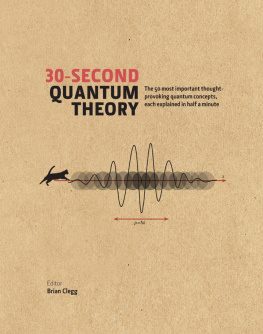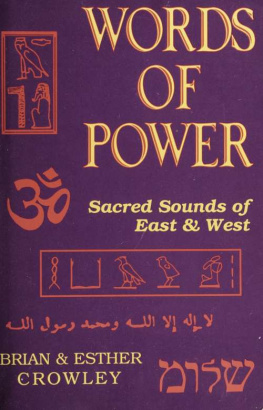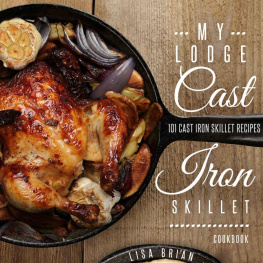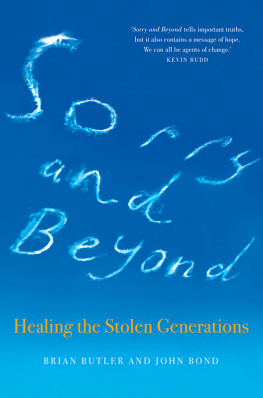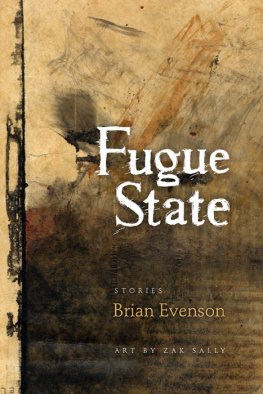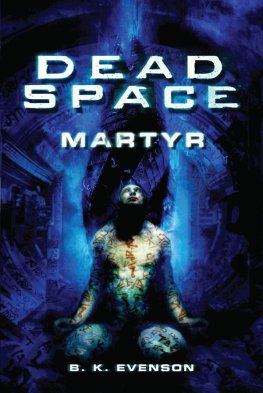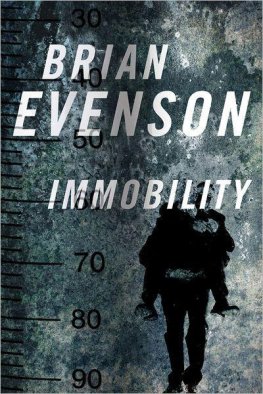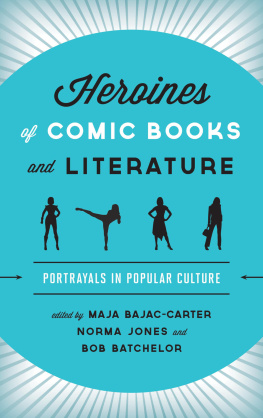

Other Books In The Critical Cartoons Series:
Carl Barks Duck by Peter Schilling Jr.
Ed vs. Yummy Fur: Or, What Happens When a Serial Comic Becomes a Graphic Novel
Critical Cartoons 001
Copyright 2014 Brian Evenson & Uncivilized Books.
Yummy Fur and Ed the Happy Clown artwork is reproduced by permission and is copyright Chester Brown.
All rights reserved. No part of this book (except small portions for review purposes) may be reproduced in any form without permission from Uncivilized Books.
Series Editor/Designer: Tom Kaczynski
Production assistants: Joel McKeen & Kathleen Berry.
Uncivilized Books
P.O. Box 6434
Minneapolis, MN 55406
USA
uncivilizedbooks.com
First Edition, May 2014
10 9 8 7 6 5 4 3 2 1
ISBN 978-0-9889014-2-1
DISTRIBUTED TO THE TRADE BY:
Consortium Book Sales & Distribution, LLC.
34 Thirteenth Avenue NE,
Suite 101 Minneapolis,
MN 55413-1007
Orders: (800) 283-3572


CONTENTS
The idea for this book started just a few days after Drawn & Quarterlys 2012 re-release of Ed the Happy Clown. More specifically, it started when I picked up that book in the bookstore and noticed the subtitle: a graphic-novel. Chester Browns name was in all-caps, the title too was all-caps, which drew my attention to the fact that the subtitle seemed deliberately lowercase. Part of me felt this was simply just a matter of typography, a choice made to distinguish between title and subtitle. But another part of me believedand still believesthat there are no accidents, and that it is these small, seemingly random choices that accumulate into the larger distinctions that end up shaping not only a book but an entire genre.
Standing there in Modern Times, I found myself wondering what made a graphic-novel different from a Graphic Novel? It seemed a question of simple arithmetic: the subtraction of capitalization and the addition of a hyphen. The first gesture strips away a level of formatting, going against common title capitalization guidelines. The second adds a piece of formatting we wouldnt expect to be there, a hyphen, and which isnt there in any other use of the phrase graphic novel that I can remember. Both seem incredibly small things. But it is of such small things that greater effects are both built and sustained.
So, the humor of the Coyotes landing depends on the camera staying with his disappearance exactly the right amount of time instead of letting it go 1/24th of a second too early or 1/24th of a second too late. 1/24th of a second is a length of time twice as fast as what the eye can process as a separate imageit cant actually be seen as an image but only as part of a motion. But that imperceptible difference is still what the humor of Wile E. Coyotes fall depends on.
Why lowercase, then? And what does the hyphen do? Are these choices arbitrary or can they tell us something about Ed the Happy Clown? Can we gain anything from interrogating them closely?
The lack of capitalization, an analyst might tell you, suggests deference, an unwillingness to insist on the term, a minimizing of its importance. You might see it as analogous to what Deleuze and Guattari call writing in a minor language: a refusal to claim the authority that a generally accepted term like Graphic Novel has come to have. With Ed having developed not independently but as part of an ongoing comic, Yummy Fur, the idea that it is a graphic novel can only be a kind of afterthought, and perhaps is not to be insisted upon.
Before it was a graphic-novel, from 1983 to 1985, the first parts an idea that he quickly dropped.
Instead, in 1992 Brown brought out Ed the Happy Clown: The Definitive Ed Book. This is the edition that established what he felt to be the definitive narrative of the Ed story. To do so, Brown deliberately abridged the Ed story as it had appeared in Yummy Fur, getting rid of the majority of the Ed material from Yummy Fur issues 13-18, and cobbling together a new ending. All the editions of Ed since, whether the 2012 book or the 2005-2006 Drawn & Quarterly 9-issue reprint, stick to this abridgement and alternate ending.
You could argue that Ed the Happy Clown: The Definitive Ed Book is the moment that Ed the Happy Clown becomes a graphic novel in 1992, nine years after the first mini-comic containing Ed was published. But it wasnt called one at that time. It doesnt get that subtitle until 2012, 29 years after Ed the Happy Clown first appeared Ed the Happy Clown: a graphic-novel is a very late incarnation of Ed. What was stripped away with each incarnation is as important in establishing what Ed was and now is as what remains.
As Brown suggested to me: Ive never been happy with the term graphic novel. Its too obviously an attempt to sound respectable. But its caught on now, for whatever reason, so theres not much use in fighting it. And yet the way Brown writes the term on the cover of the 2012 edition, as graphic-novel, suggests that he still has at least a little resistance and fight left in him.
Brown joins the two terms with a hyphen: graphic-novel. Thats not the way the term usually appears, and grammatically its a little strange. Usually the term is graphic novel with novel being the main noun and graphic the adjective that modifies itone term is clearly secondary to the other. That also suggests something about the prominence and importance of the one rather than the other. Its not a novelized comic, its a graphic novel.
Phrased as graphic-novel, however, it feels like a compound word is beginning to form, one in which each term has equal weight, equal importance. Its a step on the way to graphicnovel (at least it would be if we were German), where theres no longer a separation between the graphic qualities and the novelistic qualities, but each is seen as integral to the other: one word instead of two.
Of course, as a reader, when I read graphic-novel I know Im basically being told something is a graphic novel, but theres that little tick of difference, that little tick of offness, that I think characterizes Browns work as a whole. To experience both Yummy Fur and Ed the Happy Clown as productively as possible, you have to be willing to think a little differently than you usually do. The hyphen in the subtitle cues that.
Next page

